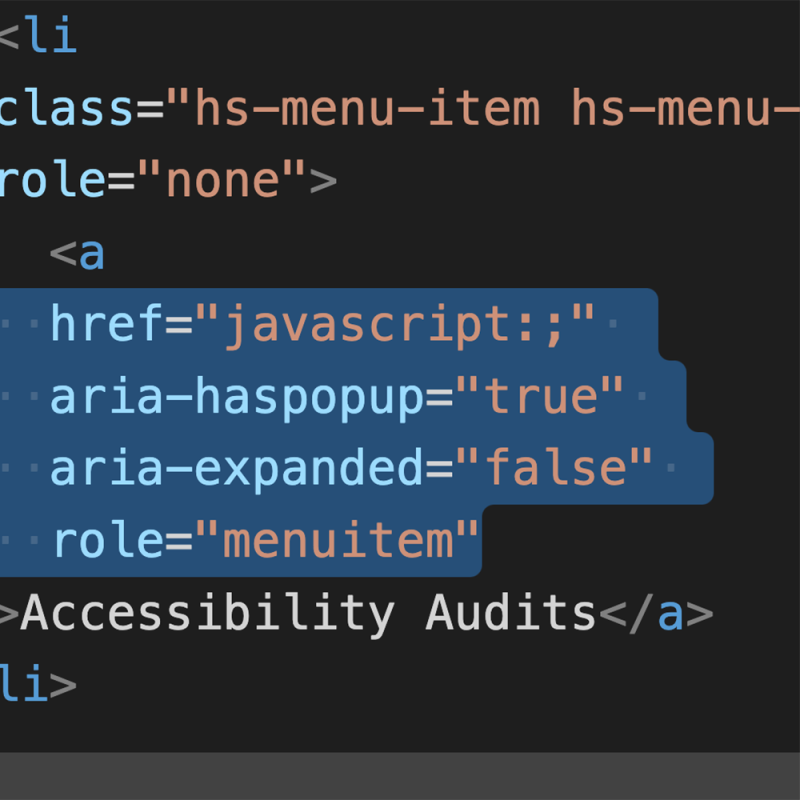Web accessibility is an essential aspect of building a website that is inclusive for all users, regardless of their abilities. The World Wide Web Consortium (W3C) has developed the Web Content Accessibility Guidelines (WCAG) to provide a set of standards for creating accessible websites. These guidelines are used globally to ensure that websites are accessible to people with disabilities.
As an online store owner, it is essential to comply with legal requirements for web accessibility. In the United States, the Americans with Disabilities Act (ADA) requires that all businesses make their websites accessible to individuals with disabilities. Failure to comply with these regulations can result in significant legal consequences, including fines and legal action.
In this article, we will provide a detailed checklist of items that Shopify merchants must comply with to ensure their store is accessible to all users.
- Use proper HTML tags and attributes: Proper use of HTML tags and attributes is essential for accessibility. This includes using headings (H1, H2, etc.) to structure content, using alt text for images, and providing labels for form controls.
- Provide text alternatives for non-text content: Ensure that all non-text content, such as images and videos, have text alternatives that provide the same information. This includes providing captions and transcriptions for videos and audio content.
- Use sufficient color contrast: Ensure that the color contrast between text and background is sufficient for users with visual impairments. The W3C recommends a contrast ratio of at least 4.5:1 for normal text and 3:1 for large text.
- Make all functionality available using a keyboard: Ensure that all functionality can be accessed using a keyboard, as some users may not be able to use a mouse. This includes providing keyboard shortcuts for navigation and providing focus states for interactive elements.
- Provide clear and consistent navigation: Ensure that the navigation is clear and consistent, making it easy for users to find the information they need. This includes providing a clear hierarchy for the content and including a search function.
- Provide clear and helpful error messages: Ensure that error messages are clear and helpful, providing guidance for users on how to correct the error.
- Test for accessibility: Regularly test the website for accessibility, using tools such as the WAVE Web Accessibility Evaluation Tool, to ensure that the website meets the WCAG guidelines.
By following this checklist, Shopify merchants can ensure that their store is accessible to all users, while also complying with legal requirements for web accessibility. It is important to keep in mind that accessibility is an ongoing process and it is important to regularly test and update the website to ensure it remains accessible.

